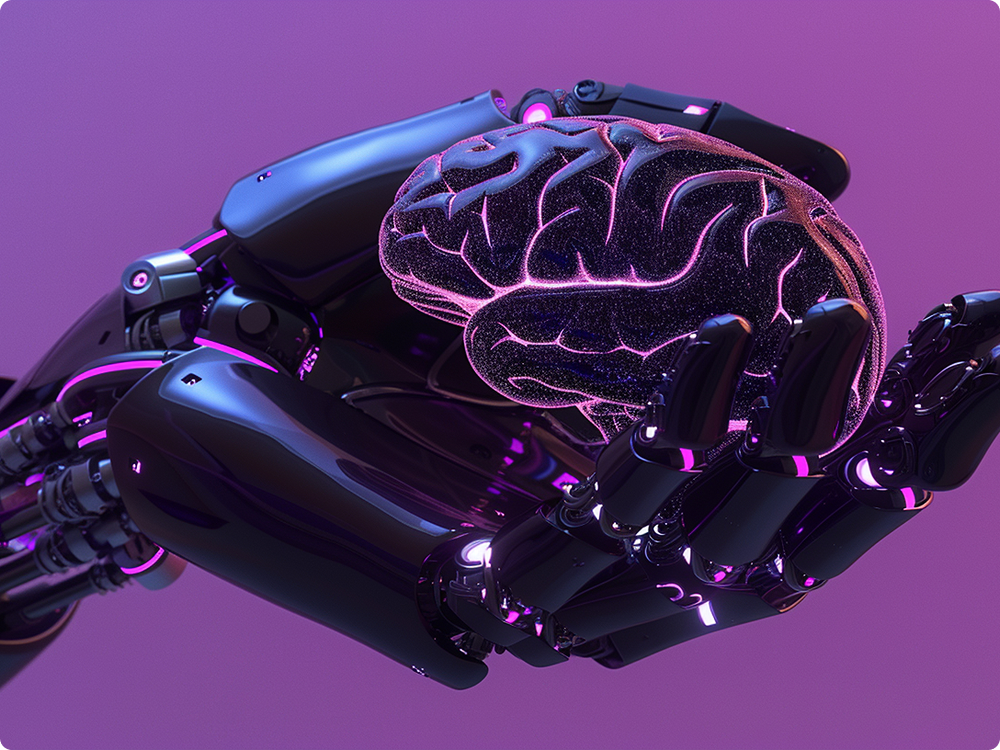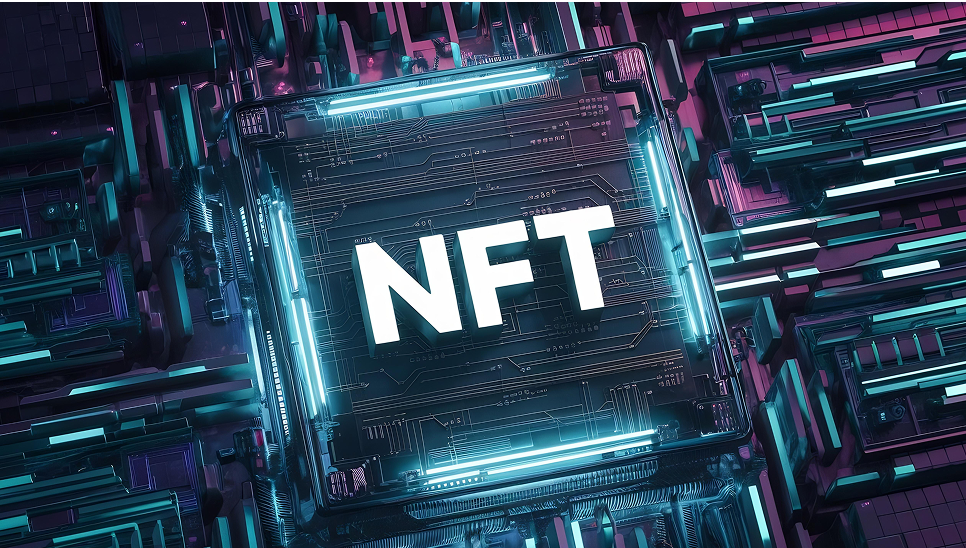Personalized Learning Paths
AI teaching assistants adapt lessons to each student’s needs, helping them learn at their own pace and focus on areas where they need the most improvement.
24/7 Learning Support
Students can access guidance anytime, with instant answers to questions, study tips, and resources, making learning flexible and convenient beyond traditional classroom hours.
Enhanced Learner Engagement & Retention
Interactive lessons, timely feedback, and personalized resources keep students motivated, improving their focus and reducing dropout rates in both online and in-person courses.
Scalable Student Support Without Hiring More Staff
AI teaching assistants can handle large volumes of student inquiries simultaneously, allowing institutions to provide consistent support without the need for additional staff.
Increased Efficiency for Educators
By automating repetitive tasks like grading, scheduling, and answering FAQs, AI teaching assistants free up time for teachers to focus on meaningful, high-value instruction.
Real-Time Insights and Feedback
AI systems track progress, detect challenges early, and provide actionable insights, enabling teachers to make informed decisions and adapt lessons for better learning outcomes.
Accessibility and Inclusion
AI teaching assistants can offer voice interaction, text-to-speech, and adjustable learning formats, ensuring students with diverse needs and abilities can fully participate in learning.
Support for Language Translation and Localization
Built-in translation features help break down language barriers, making lessons accessible to multilingual classrooms and supporting international students with localized educational content.
Scalability in Educational Content Creation and Delivery
AI can generate, update, and distribute educational materials quickly, ensuring courses remain relevant, engaging, and accessible to growing numbers of students worldwide.
























